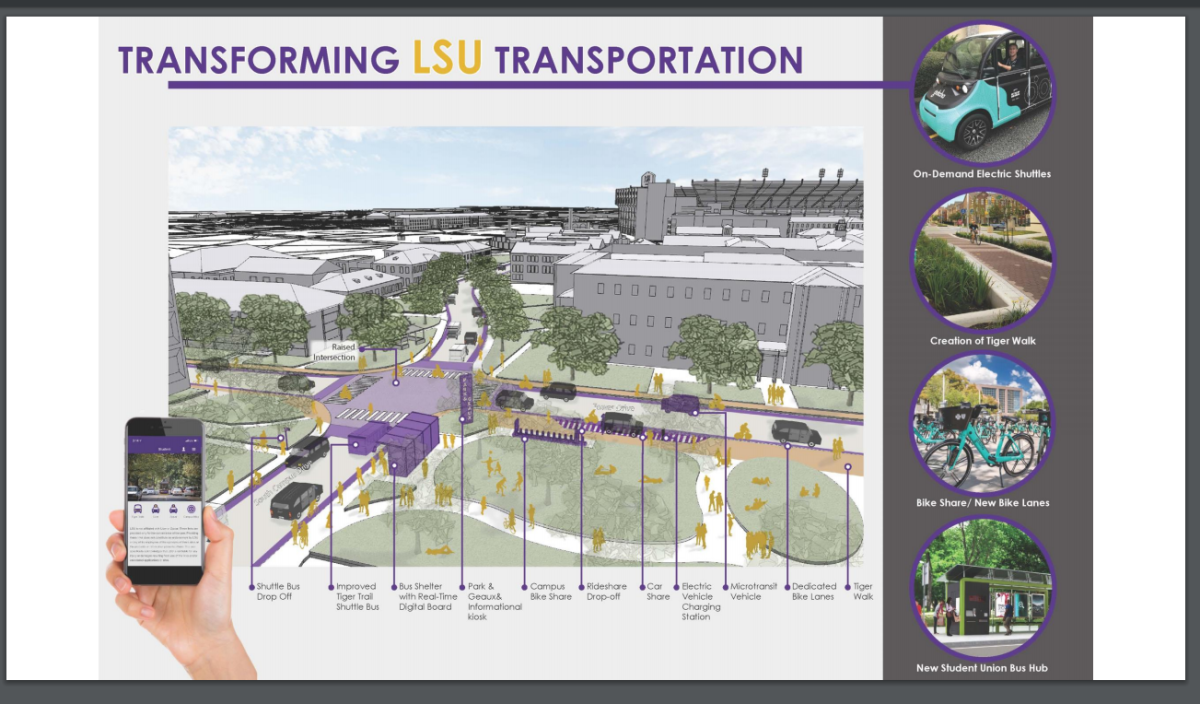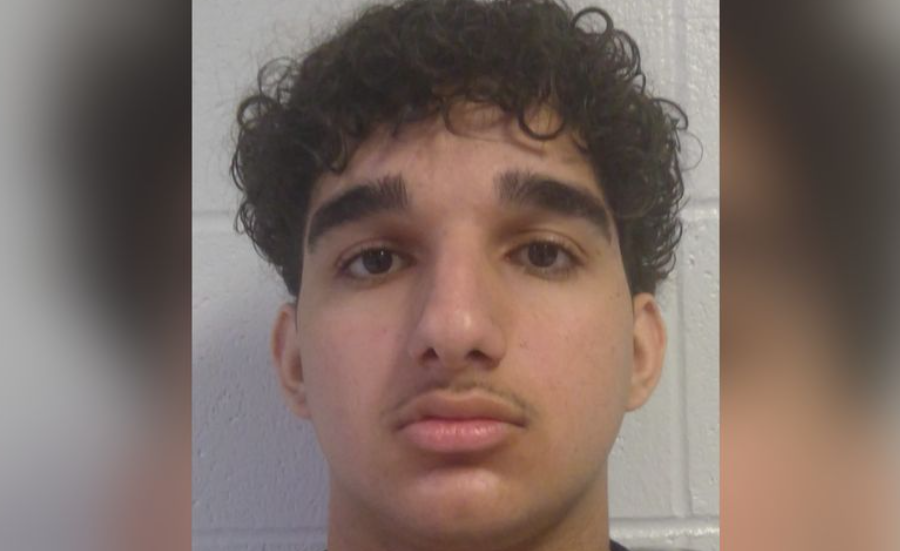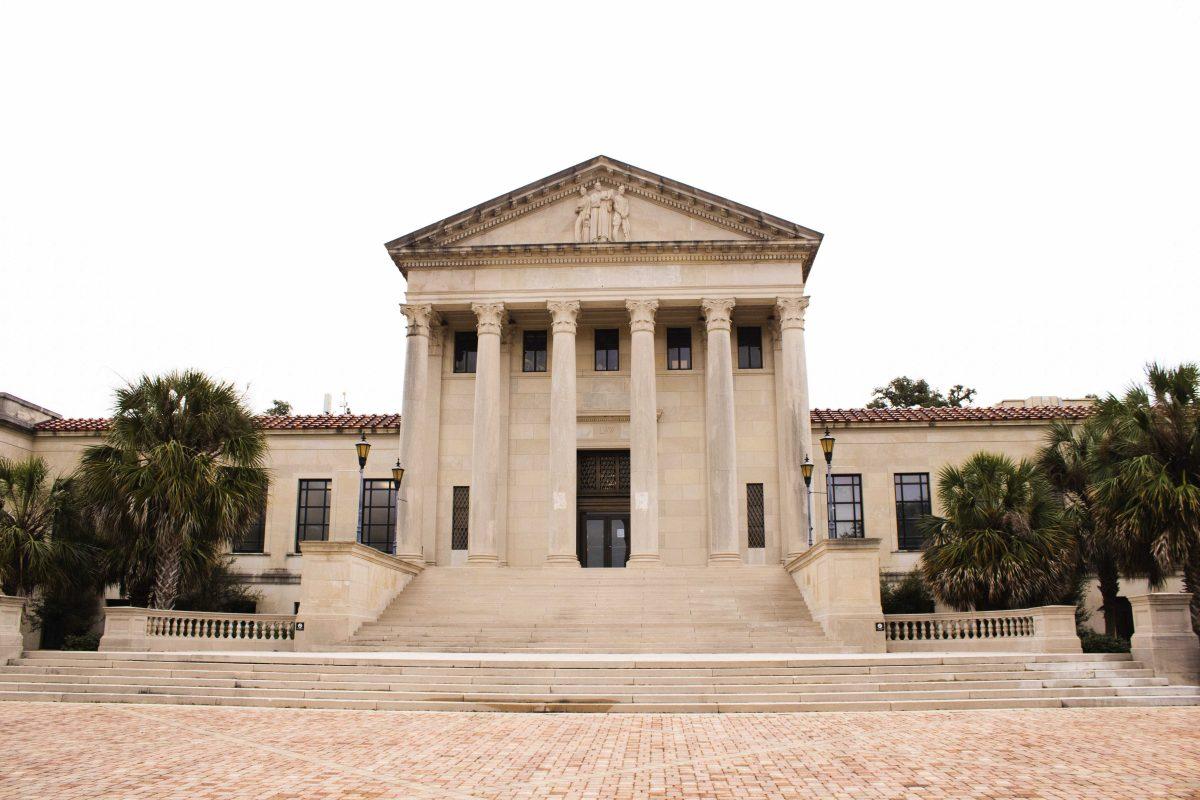University Facility and Property Oversight, in conjunction with LSU Planning, Design and Construction have created a model of what the future of transportation on and around campus will look like based on a series of over 3,300 responses and suggestions to a campus survey conducted last February.
The plan was developed in conjunction with the 2017 Comprehensive and Strategic Campus Master Plan and the LSU Strategic Plan 2025. More than one third of the principles in the 2017 Master Plan relate directly to mobility on campus, according to Director of Campus Planning Greg Lacour.
Lacour said this plan must be implemented to ensure the University is accommodating its growth by implementing appropriate and modern means of campus mobility.
“We’re doing it to accommodate safe and equitable campus growth,” Lacour said. “With student enrollment and new buildings, we need a modern transportation system.”
Transportation at the University will have a much different look in the future with biking, walking, parking, Tiger Trails and other mobility features, and will increase effective communication via a mobility app.
Baton Rouge’s launch of the Gotcha Bikes bicycle rental program last summer has increased bicycle traffic on campus and was an asset to the mobility implementation plan. The program allows students to rent a bicycle via various mobility hubs around campus.
While biking has increased on campus, the implementation plan also aims to increase bicycle lanes.
“On-street parking will start to go away as we increase bicycle lanes,” Lacour said. “Part of the plan is that Dalrymple from the circle to Tower Drive will be bike lanes next semester.”
A major part of the mobility facet of the master plan is to create a safer walking core in the middle of campus. This will be implemented via the “Tiger Walk,” a major, well-lit walking and biking path that runs from south to north of campus. As bicycle lanes will be implemented alongside major roads leading into the core of campus, this will decrease the number of accidents happening from students crossing streets between parked cars, making it hard for drivers to see them before crossing the street.
“The biggest thing here is a better and safer walking campus,” Lacour said. “We want to get rid of the parking on streets that people walk between. It’s a big issue, so safety is a big concern.”
With more students comes more buildings, but more buildings mean less convenient parking. While it is quick to say that the University should build more parking garages, the price tag that comes along with it is significant.
As the total cost of a parking garage would be paid for by Parking and Transportation Services, it would cause a $5 million deficit if the University built more parking garages without increasing student fees and parking permit costs, which are Parking and Transportation Services’ main sources of revenue, Lacour said.
Assistant Vice President of Planning, Design and Construction Roger Husser said money collected via Parking and Transportation Services is spent within the department, but it would be ridiculously costly to build multiple parking garages around campus.
“Parking and Transportation Services is a business model that can only provide things they have the revenue to provide,” Husser said. “Every penny of parking permits and student fees that are transit related gets spent within Parking and Transportation to provide something back.”
Student fees and the cost of parking permits would likelyincrease if parking garages were to be built, which would then cause less students to buy permits, Lacour said.
“A parking garage costs $25,000 per space. A parking lot costs $4,000,” Lacour said. “If you wanted to build more parking garages, everybody would be paying over $2,000 a year for parking.”
As paying $2,000 a year for parking is absurd, Parking and Transportation Services have devised other solutions to accommodate student parking besides asking students to pay $2,000 for parking.
With the implementation of new parking zones, students will be able to park farther away for a lower cost. While students may assume that parking further away will mean a longer walking distance, the University proposed the plan to implement a micro-transit system, called “Park and Geaux.”
Park and Geaux would work similarly to Uber or Lyft, as students would be able to request a ride from a student driving a golf cart-scale vehicle and would be dropped off in the core of campus.
Although this service would have an additional cost, students would be paying less for parking and it would create more student jobs. The app in which the micro-transit will be requested would also provide a membership service similar to Gotcha, where students would pay a one-time fee for unlimited rides.
Hubs for Park and Geaux will include locations by the new library, which is expected under LSU’s Strategic Plan, the Student Union, the Greenhouse district and the UREC, near Sorority Row. These hubs will include amenities such as restrooms, air conditioning for waiting and Wi-Fi, as well as ZipCar and Gotcha hubs.
Because campus survey results showed 52% of people surveyed were unaware of ZipCars on campus, plans have also been established to better communicate these transportation alternatives for those without cars on campus.
More electric vehicle charging stations will also be seen around campus as this plan unfolds.
According to the transportation survey, just 16% of students polled take the bus.
Improvement to Tiger Trails is one of the largest parts of the mobility plan. Bus system operations will be completely reanalyzed and rerouted to best suit student needs, and new bus stops and buses will be available. These improvements also include bus routes to off-campus student housing to avoid those students having to drive to campus and park, saving them the cost of parking permits and lessening the number of cars on campus.
Along with improving the routes and buses themselves, updated hubs with real-time digital boards with routes and arrival times are to be placed around campus.
The University also has plans for transporting students off campus for special events and holidays.
Through the third-party source Flix Bus, the University hopes to provide transportation to students who wish to travel out of town for a cheap price.
Executive Director of Facility and Property Oversight Tammy Millican emphasized that a program like Flix Bus could avoid students having to even bring a car to campus at all.
“If you were from out of state or somewhere in Louisiana, you would have the ability to leave that car at home,” Millican said. “Not only do we have ways for you to travel around campus and to short distances, but you could even make that trip to home or a music festival, and you wouldn’t have to bring a car.”
As some of these plans can already be seen around campus, the University hopes to continue to dramatically improve transportation methods for students both on and off campus.
“The truth is that we’re trying to make a safe, equitable and accessible campus,” Lacour said.
Transportation transformation: LSU departments created model of campus transportation’s future
By By Ana Block
December 4, 2019
transforming lsu







